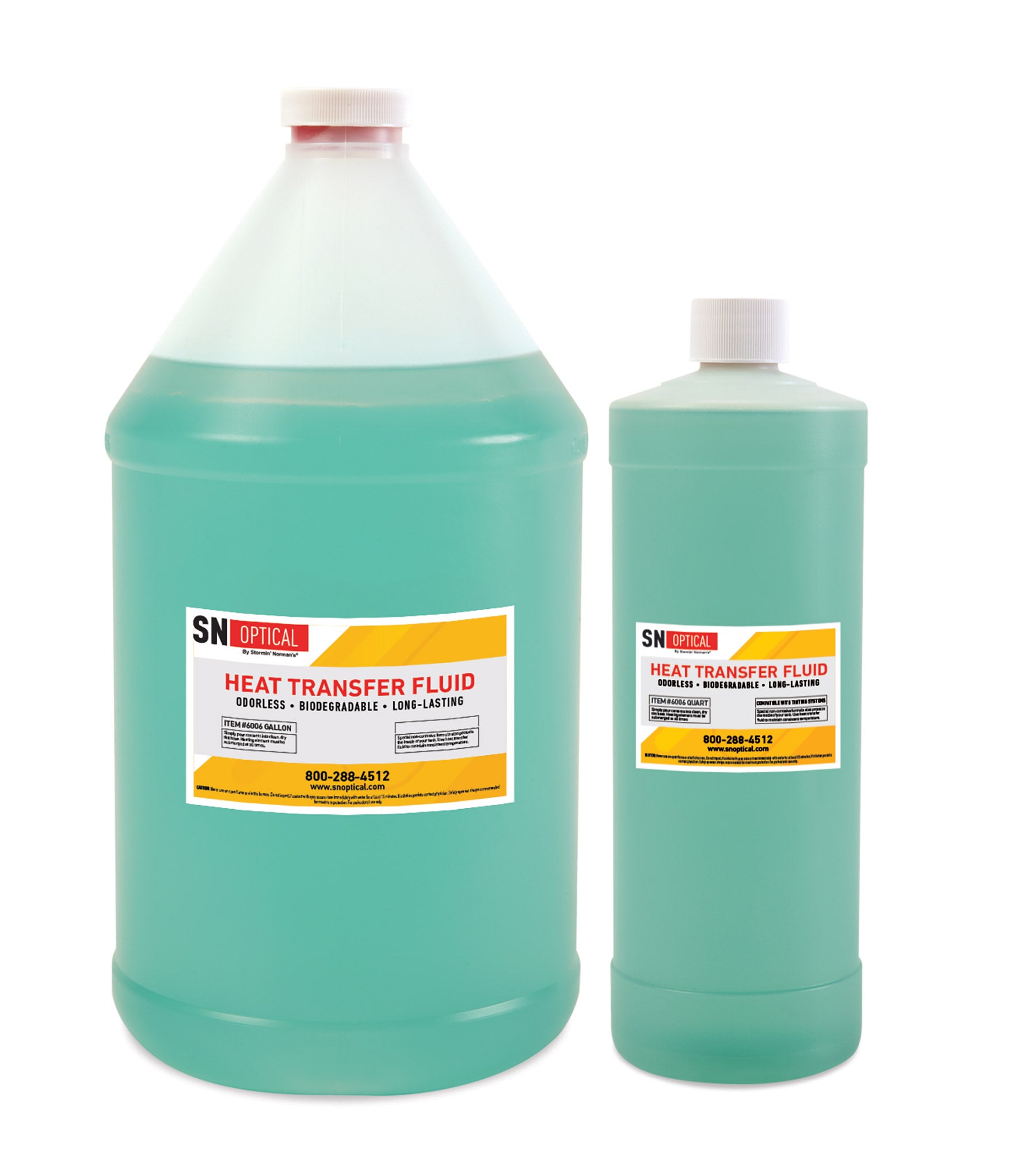The Importance of Thermal Security in Heat Transfer Fluid Selection
The Importance of Thermal Security in Heat Transfer Fluid Selection
Blog Article
Just How Warmth Transfer Fluid Contributes to Lasting and Economical Operations
In the modern industrial landscape, the duty of warmth transfer fluids (HTFs) in promoting sustainable and cost-effective procedures can not be overemphasized. These fluids are critical in enhancing thermal administration systems, therefore dramatically improving energy performance and minimizing operational expenses. heat transfer fluid. The environmental benefits of advanced HTFs, with their high thermal security and reduced poisoning, are undeniable.
Understanding Heat Transfer Fluids
In the realm of thermal management, warmth transfer liquids (HTFs) serve as important agents for moving thermal energy from one location to an additional. These fluids play a critical role in numerous industrial applications, consisting of chemical handling, power generation, and Heating and cooling systems.
The composition of warmth transfer liquids can vary dramatically, including options such as mineral oils, artificial oils, glycols, and molten salts. Each type offers distinctive advantages, such as boosted thermal stability, reduced viscosity, and high boiling factors, which are chosen based on certain operational demands. The choice of HTF influences not only the effectiveness of heat transfer however additionally the long life and safety of the system in which it is utilized.
As sectors remain to innovate, the development of innovative HTFs, defined by their boosted thermal conductivity and lowered environmental impact, is critical for satisfying the needs of modern-day thermal monitoring challenges.

Enhancing Energy Performance

Improving energy effectiveness has ended up being a vital problem across various industries, prompting a closer examination of warmth transfer liquids' duty in maximizing thermal monitoring systems. These liquids are important to preserving the preferred temperature in processes, thereby reducing energy waste and improving total system efficiency. By selecting an appropriate warmth transfer liquid, markets can substantially enhance their energy performance, leading to lowered power usage.

Advanced formulations of warm transfer liquids have been established to withstand extreme temperatures while keeping security and efficiency. Improving power efficiency with ideal warmth transfer liquid selection is not just a technological necessity but likewise an ecological imperative.
Decreasing Operational Prices
Functional costs are a significant consideration for markets looking for to keep affordable advantage, and the choice of warm transfer liquid plays an important function in price monitoring. Choosing an ideal warmth transfer Read More Here liquid can bring about substantial cost financial savings by improving system effectiveness and minimizing power intake. High-performance liquids lessen thermal deterioration, which consequently lowers the regularity of fluid replacement and downtime associated with maintenance, thereby lowering operational expenses.
Furthermore, warm transfer liquids with premium thermal security and corrosion resistance prolong the life-span of tools. This reduces the requirement for regular repair services and replacements, which can be expensive and disruptive to operations. By buying high-quality liquids, markets can accomplish long-term reductions in upkeep expenses and enhance the reliability of their systems.
In addition, progressed heat transfer fluids often show reduced viscosity at running temperatures, which enhances pump efficiency and reduces energy use in fluid circulation. This optimization of power intake directly translates right into reduced operational prices. Lots of modern-day heat transfer liquids are engineered to run effectively over a large temperature variety, lowering the need for several liquid types, therefore improving supply needs and decreasing linked costs. These elements jointly contribute to even more lasting and affordable procedures.
Environmental Effect Reduction
The push towards minimizing ecological influence has actually obtained energy in sectors leveraging warmth transfer liquids. Firms are significantly recognizing the importance of minimizing ecological impacts by taking on lasting methods. Warm transfer liquids (HTFs) play an essential duty in this change, using chances to improve energy performance and decrease discharges. By choosing HTFs with high thermal security and low poisoning, sectors can make certain marginal leak and deterioration, therefore minimizing hazardous ecological releases.
Additionally, making use of advanced warmth transfer fluids adds to enhanced system performance, minimizing the overall power usage. This decrease not only causes expense their website financial savings however also lowers carbon dioxide discharges, aiding in the battle versus climate adjustment. Fluids that are eco-friendly and recyclable even more boost sustainability efforts, as they reduce waste and advertise circular economic situation practices.
Additionally, including HTFs into closed-loop systems stops fluid loss and contamination of the surrounding setting. This method makes certain that fluids are reused, minimizing the demand for new sources and restricting waste generation. By embracing these ecologically aware techniques, sectors can considerably lessen their ecological effect while preserving high functional efficiency, lining up with international sustainability goals and regulatory demands.
Picking the Right HTF
Picking the appropriate warm transfer liquid (HTF) is an essential step in progressing environmental sustainability within industrial processes. The selection of HTF straight influences system efficiency, energy usage, and ecological effect. A suitable HTF should possess a high thermal capacity, low viscosity, and high thermal conductivity to make sure effective warm transfer. Furthermore, its stability over a wide temperature level range is essential to prevent degradation, which can bring about enhanced discharges and waste.
When picking an HTF, it is vital to consider its compatibility with system products to stay clear of corrosion and chain reaction. This makes sure durability and decreases maintenance prices. The fluid should be safe and naturally degradable, minimizing its eco-friendly footprint and ensuring compliance with ecological policies. The lifecycle cost of the HTF, incorporating procurement, operation, and disposal, need to additionally be reviewed to make sure economic expediency.
Verdict

Report this page